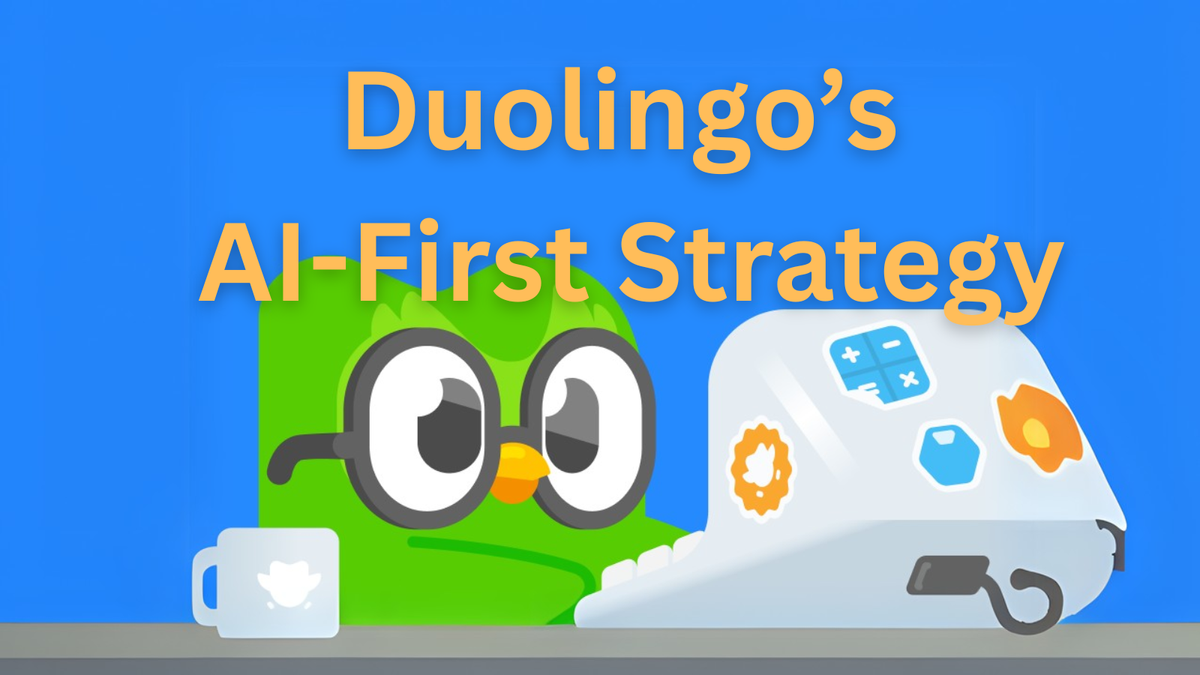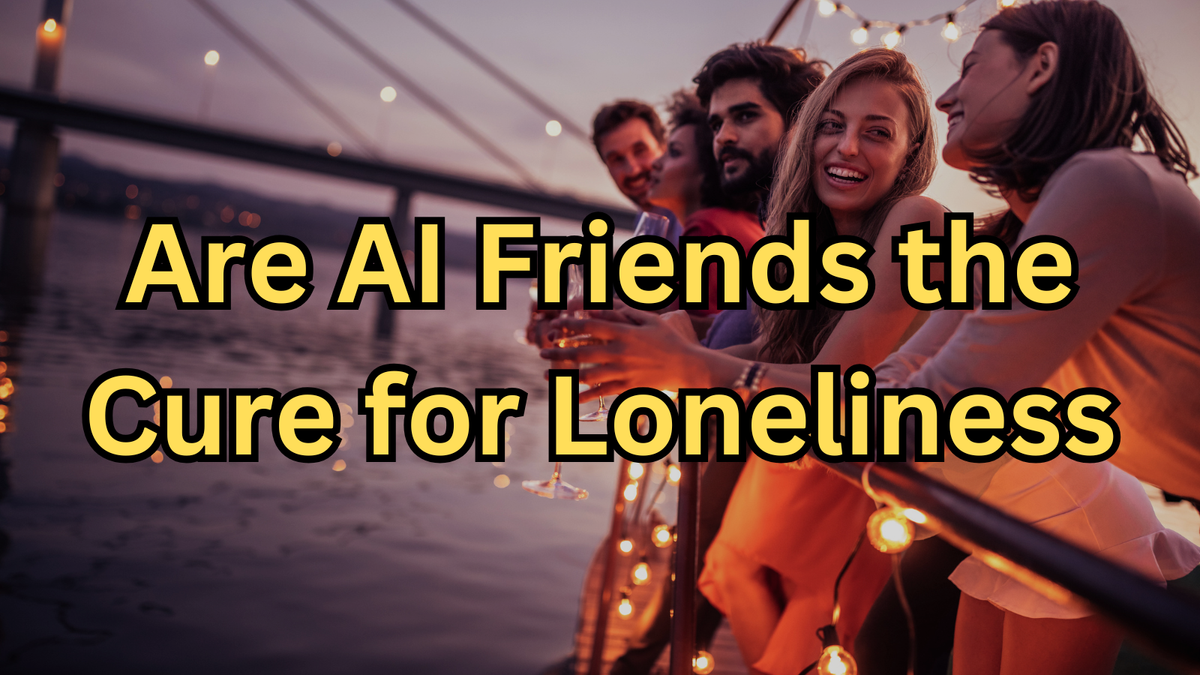Is Duolingo’s AI-First Strategy a Bold Leap Forward or a Step Too Far?

AI is reshaping industries, but Duolingo’s latest move has sparked debate: Can replacing human contractors with algorithms truly enhance education—or does it risk losing the human touch? The language-learning app announced it will phase out contractors for tasks AI can handle, aiming to become an "AI-first" company. CEO Luis von Ahn claims this shift will accelerate content creation and free employees for "creative work." But with Shopify and others adopting similar policies, are we witnessing a productivity revolution or a troubling trend? Let’s dive in.
🤖 The AI Takeover: What’s Driving Duolingo’s Shift?
- Scaling at All Costs: Duolingo says manual content creation would take "decades" to meet global demand. AI now generates lessons 10x faster, targeting 100+ languages by 2026.
- Contractor Cuts: The company will "gradually stop using contractors" for repetitive tasks like translation and quiz design, though it insists core employees aren’t being replaced.
- Follow the Leader: Shopify’s CEO recently mandated teams to justify new hires by proving AI can’t do the job first. Duolingo’s policy mirrors this, tying headcount approvals to automation efforts.
- Mission vs. Margin: Von Ahn argues AI isn’t just about efficiency—it’s about delivering educational access to millions faster. But critics question whether cost-cutting is the unspoken priority.
✅ Duolingo’s AI Playbook: Efficiency or Erosion?
- Faster Content, Fewer Bottlenecks: AI now design courses for niche languages like Navajo and Maori, which previously lacked resources. ✅
- Employee "Upskilling": Von Ahn claims staff will focus on "real problems" like adaptive learning algorithms and gamification. ✅
- Global Reach: AI-generated lessons could help Duolingo expand into markets like rural India and Africa, where demand outpaces human creator capacity. ✅
⚠️ The Hidden Costs of Going AI-First
- Job Loss Fallout: Contractors—many from non-English speaking countries—face uncertainty. No numbers were disclosed, but language tutors and translators are likely first cuts. 🚧
- Quality Concerns: Early AI-generated Spanish courses reportedly included awkward phrasing (e.g., "Yo comer silla" for "I eat chair"). Can algorithms match human cultural nuance? 🚧
- Employee Morale: Von Ahn’s email stresses "caring" for staff, but tying promotions to AI adoption may pressure teams to prioritize automation over innovation. 🚧
🚀 Final Thoughts: Can AI Teach Empathy?
Duolingo’s gamble hinges on balancing two goals: scale (AI’s speed) and soul (human creativity). If successful, it could democratize language learning globally. But if AI stumbles on nuance—or alienates users with robotic interactions—the "efficiency" gains may backfire. For now, the company bets big on machines handling the grind so humans can dream bigger. But as you practice your French verbs via algorithm tonight, ask yourself: Does learning a language need a heartbeat, or just better code?
Let us know on X (Former Twitter)
Sources: Jay Peters. Duolingo will replace contract workers with AI, April 29, 2025. https://www.theverge.com/news/657594/duolingo-ai-first-replace-contract-workers










